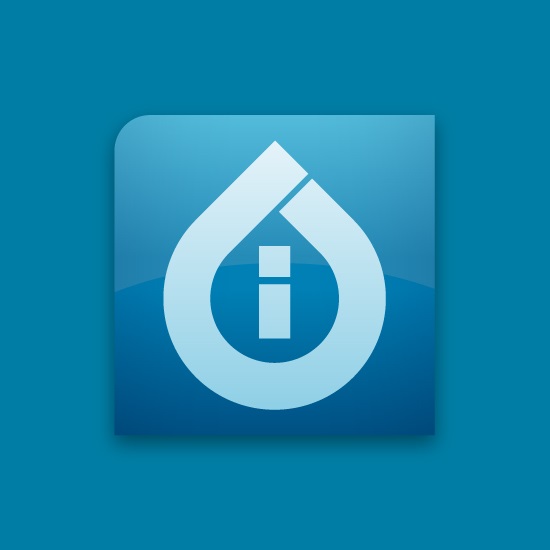iMethod™ Application for Antibiotic Screening Version 1.3 for Cliquid® Software
For research use only. Not for use in diagnostic procedures.
Screen and quantitate over 60 veterinary drug compounds in food products
The iMethod Application for screening veterinary antibiotics includes two tests for over 60 analytes, along with conditions for sample preparation (from kidney juice, milk, honey, and others) for both positive and negative ion mode analysis. This method also contains an MRM catalogue for over 100 veterinary antibiotics and up to three transitions per compound, information that can be used to create additional custom screening and quantification methods specific to your compounds of interest. A third method for general antibiotic screening has also been included fore more than 90 additional analytes.
The iMethod Application screens for several classes of antibiotics including: beta-lactam, tetracycline, sulfonamide, macrolide, amphenicol, fluoroquinolone, and flunixin.
To see a complete list, please view the flyer: A Rapid iMethod™ Application for the Screening of Antibiotics in Kidney Juice, Serum, Milk, and Honey

Just download a method, add to your sample, and you're ready to go
iMethod™ Applications for food testing provide instant LC/MS/MS methods, enabling you to generate accurate and precise results faster. Simply download a lab-proven method from the web or a CD into Cliquid® Software and run your sample. All the instrument parameters are downloaded upon installation. Everything you need to immediately start running a test is included: sample preparation protocols, optimized MS and LC parameters, integration parameters, reporting templates, and documentation.
Screening of antibiotics in kidney juice, serum, milk, and honey
This iMethod™ Application can screen seven classes of antibiotics: beta-lactam, tetracycline, sulfonamide, macrolide, amphenicol, fluoroquinolone, and flunixin. In this approach, two acquisition methods are used to achieve maximum sensitivity with 24 compounds screened in positive ion mode and seven compounds screened in negative ion mode. This iMethod™ Application also includes an MRM catalogue of up to three transitions per compound for the creation of customized screening or quantification tests.
Example protocols are included for sample preparation from beef kidney juice or serum; samples are generally prepared by homogenization, extraction with acetonitrile, solid phase extraction, centrifugation, and filtration. Additional procedures are provided for milk and honey. A methanol/water gradient with formic acid is used for sample separation by HPLC on a Phenomenex Gemini C18 column. More in-depth sample preparation and instrument configurations are included with this iMethod™ Application upon purchase.
The iMethod™ Application for antibiotic screening is configured for the SCIEX 4000 QTRAP® LC/MS/MS System, utilizing an MRM-triggered, full-scan approach that can be coupled to a library for confirmation. Please note that the antibiotic screening library containing 139 common antibiotics and their metabolites is sold separately from this iMethod™ Application.
Reduce development time
| Activity | Using an iMethod™ Application | Traditional Method Development |
|---|---|---|
| Complete Test Protocol Documentation | Included | Weeks–Months |
| Sample Prep Techniques | Included, with examples and references | Weeks–Months |
| Optimized MS/MS Acquisition Parameters | Included | Weeks–Months |
| LC Instrument Parameters with Retention Times | Included | Days–Weeks |
| Integration (Quantitation) Parameters | Included | Days |
| Reporting Templates | Included | Days |
| LC/MS/MS Library Spectra | May be included. Stand-alone libraries are also available. | Weeks–Months |
| Staff Training – Software | Simple Cliquid® Software interface, no additional training | Traditional MS Software and review procedures – Days |
| Method Validation | Weeks. Validation templates and support available | Weeks–Months |
| Complete Test Development and Deployment | Weeks | 6–12 months |
 Buy Now
Buy Now
 CONTACT SUPPORT
CONTACT SUPPORT